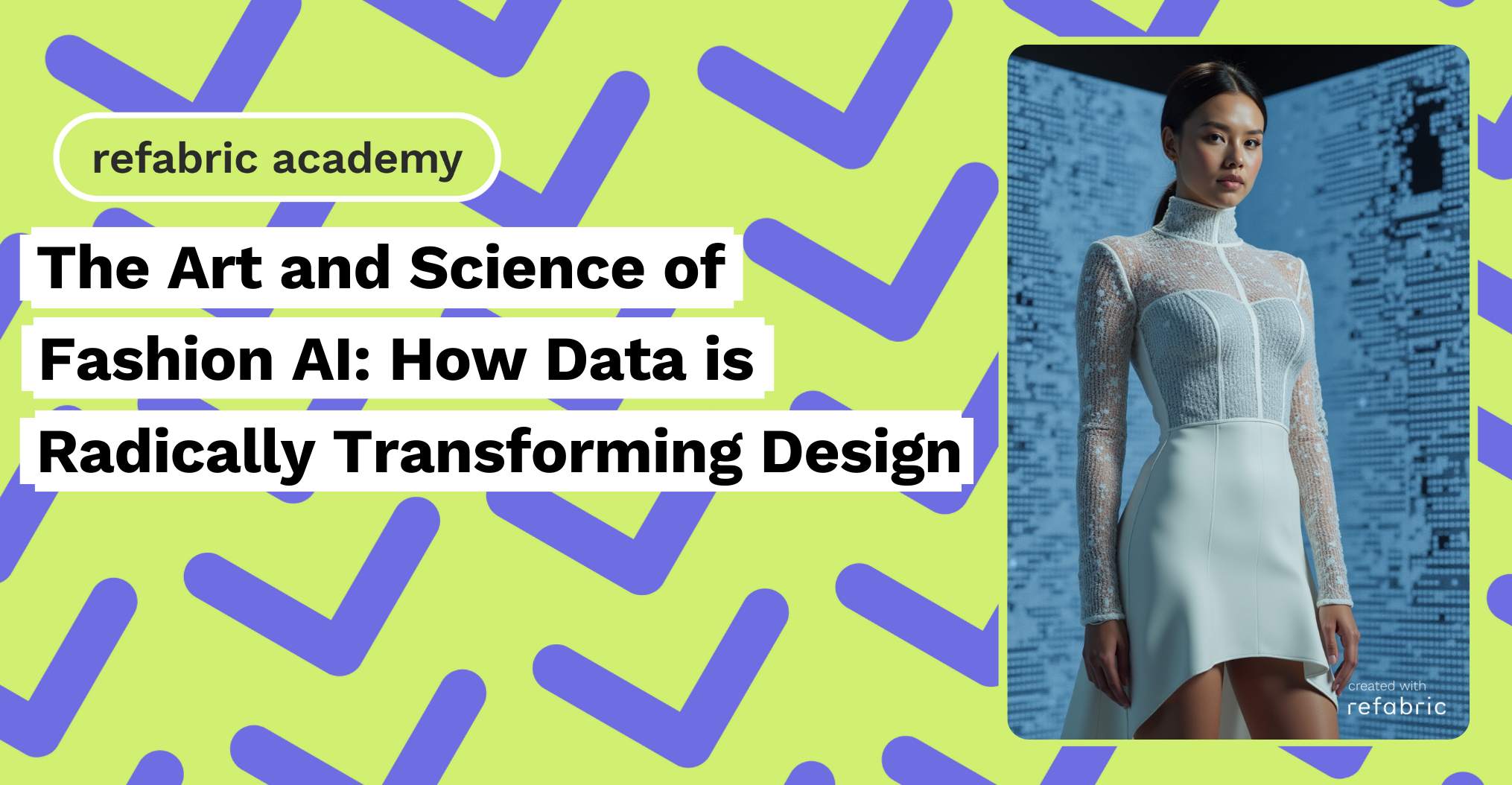Fashion AI is transforming the way designers create, blending artistic vision with data-driven precision. By analyzing vast amounts of historical trends, consumer preferences, and fabric behaviors, AI-powered tools provide designers with invaluable insights that elevate creativity and efficiency. With the integration of AI, fashion is no longer just an art, it is a science backed by data that ensures innovation, relevance, and sustainability.
Predicting Trends with AI-Powered Insights
One of the most groundbreaking applications of fashion AI is in trend forecasting. Traditionally, predicting the next big trend required intuition, experience, and market research. Now, AI algorithms can analyze vast datasets, social media activity, and purchasing behaviors to identify emerging styles before they hit the mainstream.
AI-powered analytics can also track real-time customer sentiment, allowing brands to adjust their collections based on shifting preferences. This reduces the risk of overproduction and ensures that designs align with what consumers truly desire. By leveraging fashion AI, brands can stay ahead of the curve and remain competitive in a rapidly evolving industry.
Enhancing Design Precision and Innovation
Fashion AI does not replace creativity; rather, it enhances it by offering designers an expansive digital canvas to experiment with. AI-driven design tools can generate countless variations of a single concept, allowing designers to explore innovative patterns, textures, and structures at an unprecedented speed.
These AI-powered tools also optimize the design process by suggesting fabric pairings, color palettes, and garment structures based on data-driven insights. This fusion of creativity and science helps designers push boundaries while maintaining functionality and market appeal.
Personalization at Scale: AI-Driven Customization
Consumers today crave unique, tailor-made fashion experiences, and fashion AI is making personalization more accessible than ever. AI algorithms analyze customer data, such as body measurements, previous purchases, and personal style preferences, to recommend custom-fitted designs that cater to individual needs.
From AI-generated digital fittings to virtual try-ons, fashion AI ensures that customers receive garments that fit their exact specifications without the need for extensive alterations. This level of precision reduces waste, enhances customer satisfaction, and revolutionizes the way brands approach made-to-order fashion.
Sustainability Through AI-Optimized Production
Sustainability is a pressing issue in the fashion industry, and fashion AI is playing a key role in reducing waste and promoting eco-friendly practices. AI-driven software optimizes fabric usage, cutting down on excess material and reducing production waste.
Additionally, AI-powered supply chain management systems help brands forecast demand accurately, ensuring that only necessary quantities are produced. This prevents overstocking, minimizes unsold inventory, and contributes to a more sustainable industry model. By integrating fashion AI into production processes, brands can achieve efficiency without compromising environmental responsibility.
AI-Powered Fabric Innovation
Beyond design and production, fashion AI is also driving advancements in textile innovation. AI can analyze the properties of different fabrics, predict durability, and suggest sustainable alternatives. Smart fabrics, such as AI-integrated temperature-regulating textiles and adaptive wearables, are pushing the boundaries of fashion and technology.
By combining AI with material science, brands are developing fabrics that are not only aesthetically appealing but also functional and environmentally responsible. This intersection of fashion AI and textiles is redefining what is possible in fashion design and innovation.
The Future of Fashion AI in Design
As fashion AI continues to evolve, its role in shaping the industry will only expand. From AI-generated couture to fully automated design studios, the future of fashion is becoming increasingly intertwined with artificial intelligence. The fusion of human creativity with machine intelligence will lead to more efficient, innovative, and sustainable design solutions.
Designers who embrace AI as a creative tool rather than a replacement will unlock new possibilities in their work. With AI-driven insights and automation, the future of fashion design is set to be more dynamic, inclusive, and responsive to the needs of both consumers and the planet.
Fashion AI is not just reshaping the industry, it is redefining the very essence of fashion itself. As brands continue to integrate AI into their creative processes, the boundaries of fashion will expand, paving the way for a smarter and more sustainable future.
